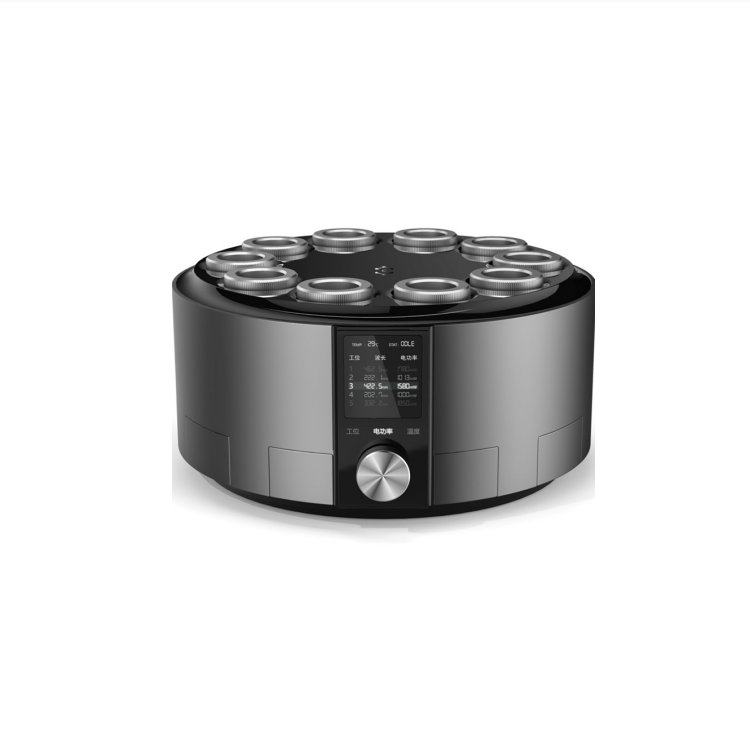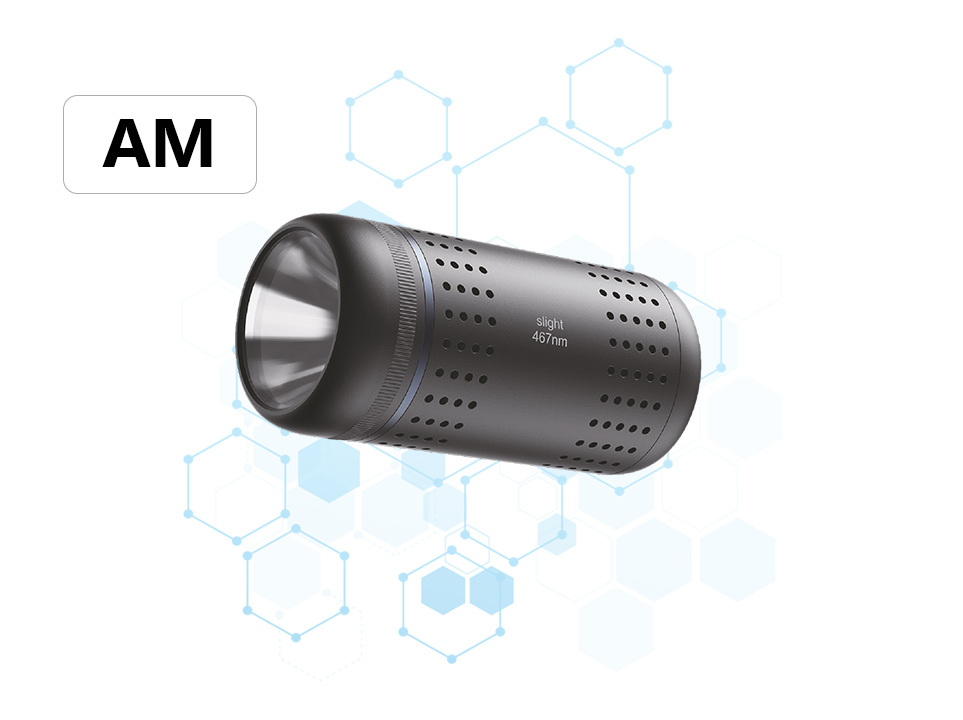Advantages of Parallel Photoreactor in Organic Synthesis Research
2025-04-21
abstract:Parallel photoreactors are emerging as game-changers in organic synthesis research, offering unprecedented control, efficiency, and sustainability.

Parallel photoreactors are emerging as game-changers in organic synthesis research, offering unprecedented control, efficiency, and sustainability. Here’s why these devices are essential for modern laboratories:
1. High-Throughput Optimization: Accelerating Discovery
Parallel photoreactors enable simultaneous execution of multiple reactions under varied conditions (light wavelength, intensity, temperature, etc.). This allows rapid screening of catalysts, reaction pathways, and parameters—shortening R&D cycles by 10x compared to traditional single-batch reactors. Ideal for exploring complex synthesis routes and optimizing yields.
2. Precision Light Control: Tailored Reactions
By precisely tuning light wavelength (200-800 nm) and intensity, photoreactors direct reactions toward target products with >90% selectivity. This eliminates side reactions, boosts purity, and unlocks challenging transformations (e.g., C-H activation, asymmetric synthesis) impossible with thermal methods. LED-based systems ensure uniform irradiation across all samples, enhancing reproducibility.
3. Green Chemistry: Sustainable Synthesis
Minimizing energy consumption and hazardous reagents, photoreactors harness clean solar energy for reactions. Many processes occur at mild conditions (RT/ambient pressure), reducing waste generation and CO₂ emissions. Ideal for eco-friendly production of pharmaceuticals, agrochemicals, and specialty molecules.
4. Flexibility & Scalability: From Lab to Pilot Scale
Customizable designs allow adaptation to diverse chemistries (aqueous/organic systems, microfluidics). Modular units scale seamlessly from mL to kg-scale production, bridging academic research and industrial applications. Real-time monitoring and AI-integrated control further streamline operations.
5. Application Highlights: Driving Innovation
Drug Discovery: Efficient synthesis of APIs (e.g.,布洛芬 via photo-Favorskii rearrangement).
Natural Product Mimicry: Simplified routes for complex structures (e.g., 98% yield of hypericin).
Catalyst Development: Rapid screening of photocatalysts for CO₂ reduction or water splitting.
Conclusion: Parallel photoreactors are redefining organic synthesis—combining speed, precision, and sustainability to unlock new frontiers in chemistry. Embrace this technology to faster, greener, and smarter research!
#OrganicSynthesis #Photochemistry #ResearchInnovation
Key Takeaways:
(1) High-throughput experimentation
(2) Selective light-driven reactions
(3) Sustainable processes
(4) Scalable solutions
(5) Accelerated drug/materials development
(1) High-throughput experimentation
(2) Selective light-driven reactions
(3) Sustainable processes
(4) Scalable solutions
(5) Accelerated drug/materials development
Related Reading
hot articles





